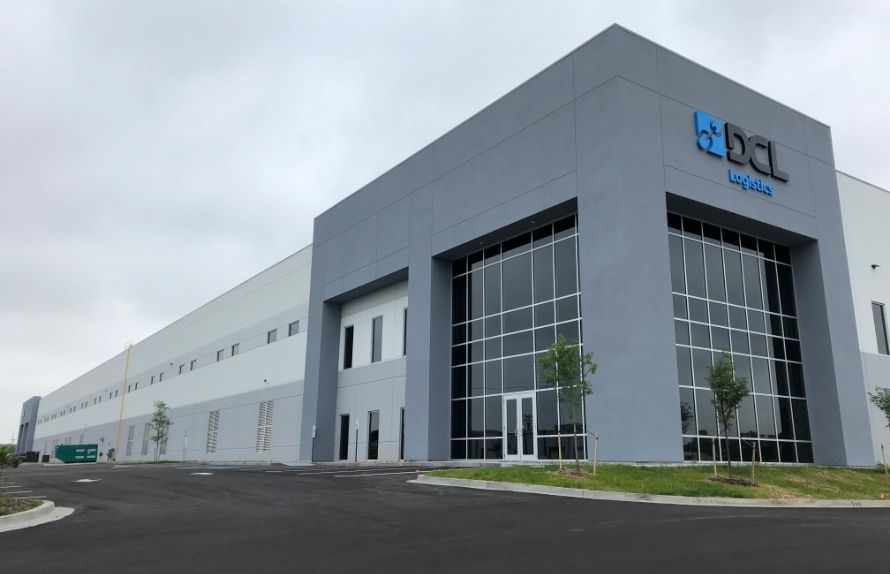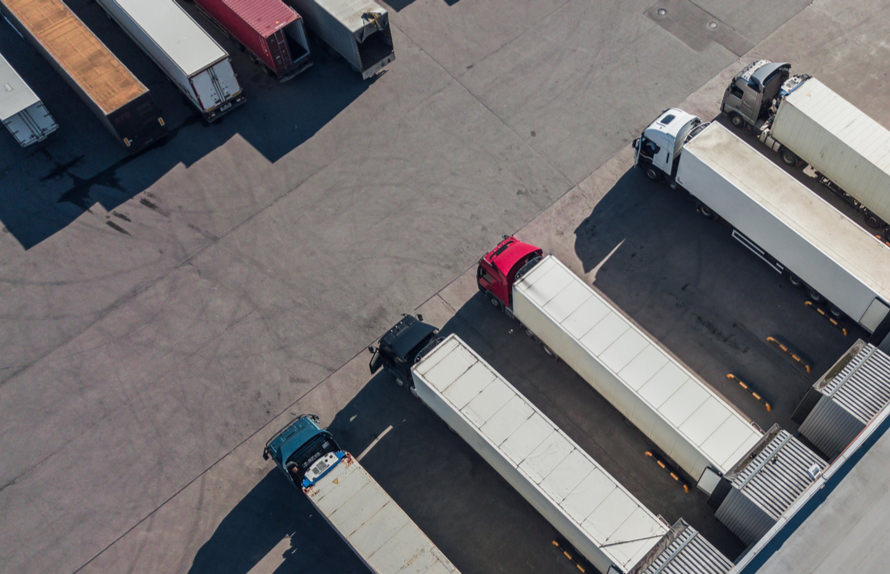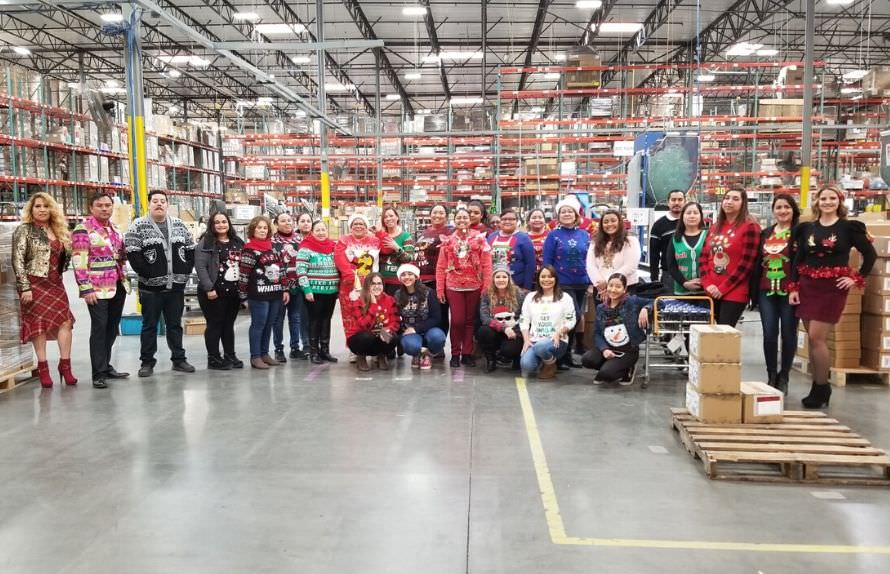
FCL, short for full container load, stands as a critical element in international logistics and global trade. Serving as the backbone for moving large volumes of goods efficiently across continents, FCL enables shippers and consignees to take full advantage of the flexibility, security, and cost savings inherent in utilizing an entire container for their freight shipping needs.
Understanding FCL
Full container load represents the shipping mode where a single shipper uses the exclusive use of an entire container. The container, whether a 20-foot container (TEU), 40-foot container, or high cube variant, is filled with freight for a designated consignee. This method contrasts with less than container load (LCL), where shipments from multiple shippers are consolidated into a shared standard container.
The concept of FCL shipping is straightforward: fill a container with cargo, secure it with a bill of lading, and deliver it directly to the destination port with minimal handling or deconsolidation.
FCL vs. LCL: Key Differences
Choosing between FCL and LCL shipping depends on the shipment’s volume and the priorities of the shipper. FCL is ideal for large volumes or when the risk of damage and need for direct transport outweigh the savings from consolidation.
LCL shipments, or less than container load, are more suited when freight volume does not justify the cost of an FCL. While LCL can reduce immediate shipping costs for smaller loads, FCL offers greater protection and often faster transit time because the container goes straight to its destination port without the need for additional handling.
Why Shippers Choose FCL
Freight forwarders frequently recommend FCL to importers and exporters who can fill most or all of an entire container. This method provides end-to-end control, reduces the risk of loss or damage during transit, and streamlines customs clearance procedures at both origin and destination.
For example, pallets are loaded at the point of origin, sealed in the FCL container, and remain untouched until arrival at the final destination. This reduces the possibility of cargo movement, providing a stable environment for goods and optimizing the use of container space for maximum cost savings.
The FCL Booking Process
Booking FCL shipments typically involves close coordination between the shipper, freight forwarder, and shipping lines. The workflow generally follows these steps:
- The shipper selects the appropriate container sizes for their goods—20-foot, 40-foot, or high cube.
- The freight forwarder arranges for an empty FCL container to be delivered to the shipper’s warehouse.
- The container is loaded, often by pallet or cubic meter calculation (cbm), documented, and sealed.
- Ocean freight is then arranged on a vessel by the shipping line, with the bill of lading issued as proof of shipping.
- Upon arrival, the consignee or their agent handles customs clearance and transport to the final destination.
FCL Container Types and Sizes
Logistics professionals can choose from several container sizes, each defined by standardized dimensions for TEU or FEU (forty-foot equivalent unit). The most common are:
- 20-foot container (usually around 33 cbm capacity)
- 40-foot container (approximately 67 cbm)
- High cube containers, offering extra height and cubic meter capacity for bulkier shipments
Selecting the right FCL container size helps optimize shipping costs and container space utilization.

FCL Prices and Shipping Costs
One of the main attractions of FCL is its potentially cost-effective structure. With a flat price per container, FCL shipping often provides lower costs per cubic meter for large shipments. Shippers avoid some of the consolidated surcharges inherent with LCL, such as handling and deconsolidation expenses.
Prices for FCL depend on several variables:
- Route and shipping line availability
- Fuel surcharges and tariffs
- Container size and type (e.g., high cube, standard)
- Origin and destination port fees
Real-time shipping costs can fluctuate rapidly. Many logistics providers offer online rate platforms that let shippers see current FCL prices, compare with air freight or LCL rates, and make informed supply chain decisions.
The Role of the Freight Forwarder in FCL Shipping
A freight forwarder acts as a bridge between shippers and the complex world of international shipping lines, customs agencies, and port authorities. Their expertise ensures the FCL shipments process is seamless, from initial booking through cargo tracking.
Forwarders are responsible for:
- Booking container space with shipping lines
- Arranging drayage and delivery of empty containers
- Managing paperwork, such as bill of lading and incoterms compliance
- Assisting with customs clearance and tariffs
- Providing real-time updates to shippers and consignees
With the complexity of global trade, experienced freight forwarders help optimize routes, minimize delays, and navigate the ever-changing regulatory environment.
FCL and the Supply Chain
FCL is a linchpin in the modern supply chain. Its reliability and predictability make it the transport method of choice for many sectors, including ecommerce, retail, manufacturing, and perishables. The exclusive use of an entire container brings supply chain efficiency and reduces the risk of pilferage or loss.
Moreover, FCL shipments integrate easily into end-to-end logistics solutions, often combining with road or rail haulage for streamlined door-to-door delivery.
FCL and International Shipping
Global trade depends on efficient, trusted freight shipping. FCL shipping is favored for international shipping due to:
- Lower risk of damage since cargo remains untouched during transit
- Simplified customs clearance
- Straightforward handling at destination port
Importers benefit from fixed transit time schedules and predictable costs when shipping with FCL, ensuring products arrive on time and in proper condition.
Volume, Weight and Optimum Utilization
The decision to opt for FCL typically hinges on cargo volume and weight. Logistic planners use cbm (cubic meter) as a metric to determine when it becomes cost-effective to switch from LCL to FCL. As the shipment size approaches half to two-thirds the container capacity, FCL often provides superior value and reduces per-unit shipping costs.
Pallets are typically packed tightly to maximize each cbm of available space. Supply chain analysts work with shippers to optimize packing methods, balancing cost savings with safe transport.
FCL Shipping Documentation
The bill of lading is the critical document in FCL logistics. It serves as a receipt, contract, and sometimes a title for the goods inside the shipping container. The document outlines the details of the shipment, including container number, weights, consignee, and incoterms.
Proper documentation ensures smooth customs clearance and expedites the release of containers at the destination port.
Customs Clearance in FCL
Customs clearance is faster and less complicated with FCL shipments compared to consolidated LCL shipping. With proper documentation and clear labeling, the entire container can clear customs in a single process. This speeds up delivery and reduces costs for both shippers and consignees.
FCL Efficiency and Cost-Effectiveness
FCL is synonymous with efficiency in international logistics. By reserving exclusive use of a single container, shippers benefit from reduced handling, minimized emissions per unit, and overall cost savings on larger shipments.
For importers moving regular or high-value goods, FCL shipping means direct delivery without the complications of cargo consolidation or deconsolidation.
Comparing Air Freight and FCL
While air freight offers unmatched speed for small or urgent shipments, it cannot match the cost-effectiveness or cbm capacity of FCL for large volumes. Logistics decision-makers will weigh price, speed, and emissions to select the appropriate mode.
Ocean freight via FCL stands out for its environmental and economic benefits, moving goods in a way that supports sustainable supply chain practices.
Container Surcharge and Fees
Apart from base prices, shippers should account for surcharges such as peak season fees, bunker adjustments, and currency fluctuations. A transparent relationship with freight forwarders improves cost forecasting and identifies opportunities for further optimization.
Ecommerce and FCL
The growth of ecommerce has amplified demand for efficient, large-scale freight shipping. Ecommerce businesses leveraging FCL enjoy lower transit time and predictable shipping costs for replenishing international warehouses.
Streamlined FCL bookings and real-time tracking give consignees and importers the visibility required to serve customers without delay.
Emissions and Sustainability
Although ocean freight generates emissions, FCL is considerably more environmentally friendly per unit than air freight. By maximizing container space and reducing the number of trips, FCL supports sustainable logistics.
FCL FAQs
How full must a shipment be to justify FCL?
Most forwarders recommend switching to FCL when shipment size reaches 13-15 cbm or fills more than half a standard container.
What is a high cube container?
A high cube offers extra height for bulkier freight and maximizes the cubic meter available to shippers.
Can an FCL container move between multiple ports?
Yes. Shipping lines often offer flexible routing, although every movement incurs additional charges and surcharges.
Key Terms in FCL Logistics
- TEU (Twenty-foot Equivalent Unit): Shipping measurement unit for container sizes.
- FEU (Forty-foot Equivalent Unit): Double the size of a TEU.
- CBM (Cubic Meter): Volume measurement for packing and rate calculation.
- Consignee: The recipient of goods shipped via FCL.
- Deconsolidation: The process of unpacking a consolidated LCL shipment, unnecessary in FCL.
Bottom Line
FCL is a cornerstone of the modern supply chain, enabling importers, exporters, and freight forwarders to ship goods by ocean freight efficiently, securely, and cost-effectively. From booking an FCL container to final customs clearance, FCL shipping delivers unparalleled benefits for those needing to move large volumes of freight within global trade.
By understanding container sizes, documentation, prices, and best practices, logistics professionals optimize freight shipping for speed, safety, and profitability—one full container load at a time.








